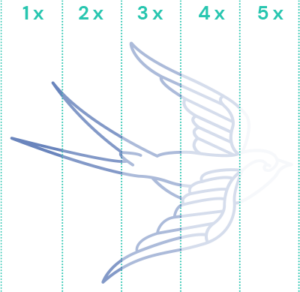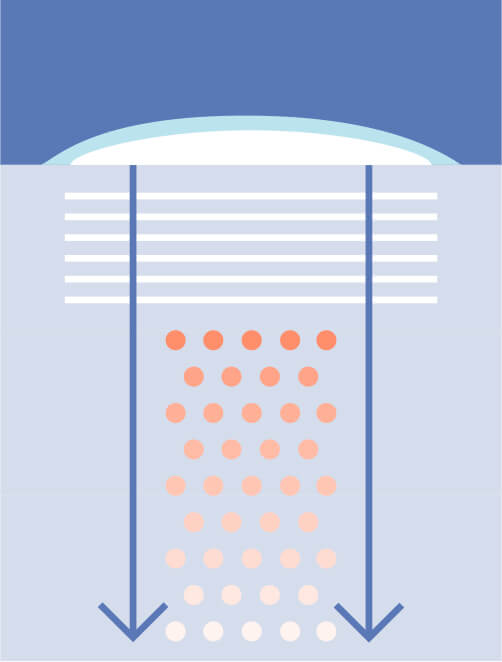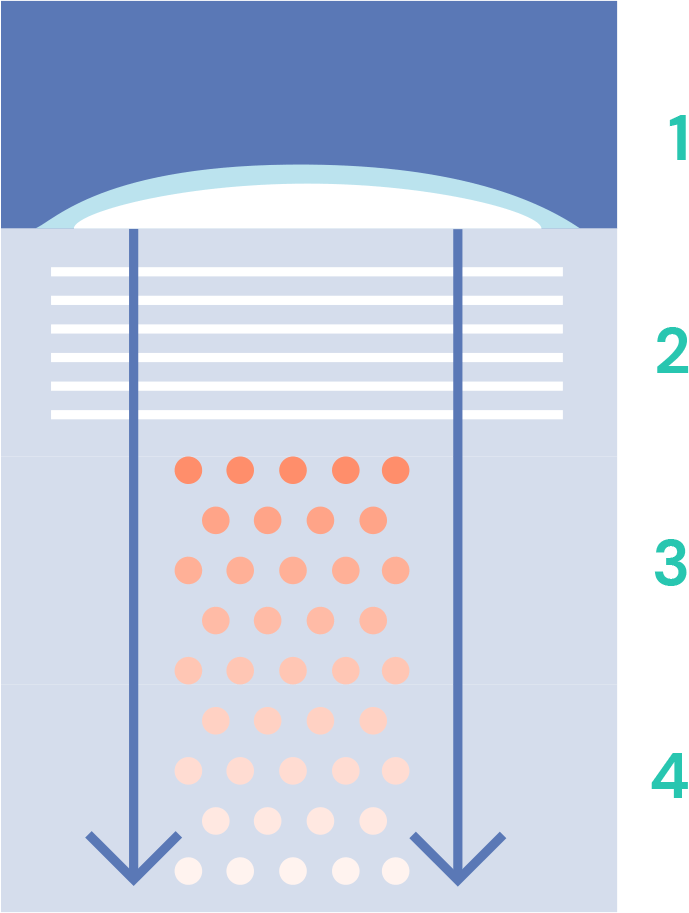Wished you never had that tattoo? Fortunately, there are ways of saying goodbye to your unwanted ink – but the procedure can be painful. Making Emla numbing cream part of your tattoo rethink can help prevent the pain associated with the process.
What to expect
While tattoos may no longer be considered permanent it’s important to have realistic expectations about their removal or fading – such as knowing what can be achieved, how long the whole process is likely to take, what side effects to watch out for and being aware of the pain associated with the treatment.
Getting to know your tattoo before you go for your consultation for the removal or fading can help you understand some of the things that need to be considered and may potentially make your tattoo harder or easier to remove such as:
- Its location and size
- The colour of the ink
- How and when it was applied
- Your skin type
What type of tattoo do you have?
There are 3 basic types of tattoo:
Professional tattoos: These are probably the most common and is where the ink is usually applied with a machine powered needle that penetrates deeply into the skin layers at a uniform level. The tattoo professional usually has a range of colours they can use to reproduce the desired design.
Amateur tattoos: Are usually applied less uniformly and are more superficially placed than professional ones. They often contain such things such as Indian ink or charcoal to make an image in a single colour.
Cosmetic tattoos: Are used as a permanent form of make-up or to cover scars.


How can a tattoo be removed?
There are a number of ways ink particles can be removed – including surgical removal, dermabrasion and the use of lasers. Your doctor or dermatologist will be able to explain which method is most suited to your particular type of tattoo and medical history.
What is laser tattoo removal?
Lasers are generally considered the ‘gold standard’ for tattoo removal and are the most commonly used method.
They work by targeting the ink particles in your skin with concentrated beams of light. The ink particles heat up and are broken into smaller pieces that can then be removed from the body by the immune system.


Different types of lasers are used with different pulses and wavelengths of light to suit your skin type and target the various tattoo ink colours – more than one type of laser may be required if your tattoo has lots of different colours.
Will it hurt?
Tattoo removal can be a painful process but there are ways to help manage any pain or discomfort.
Numbing the tattooed skin with a local anaesthetic – such as Emla numbing cream – applied an hour before the start of each laser removal session is a technique often used to help prevent pain and help make the process more tolerable.
How Emla numbing cream works
Emla helps make your skin feel numb for a short time, blocking the pain signals from only the area of skin where the cream is applied.
1. Emla cream applied and covered with dressing
2. Penetrates skin
3. Disrupts nerve signaling
4. Numbs the skin
Emla contains a mixture of two local anaesthetics – lidocaine (lignocaine) and prilocaine – that helps make your skin feel numb for a short time, blocking the pain signals from only the area of skin where the cream is applied.
It’s important to remember Emla needs adequate time (at least 1 hour) to help make your skin numb, so make sure you leave yourself enough time to apply your Emla cream ahead of your tattoo removal session.
Remember to read the instructions included in the box before using Emla, so you know how much Emla to apply. Make sure you don’t exceed this amount.
Learn more about how to apply Emla numbing cream.




